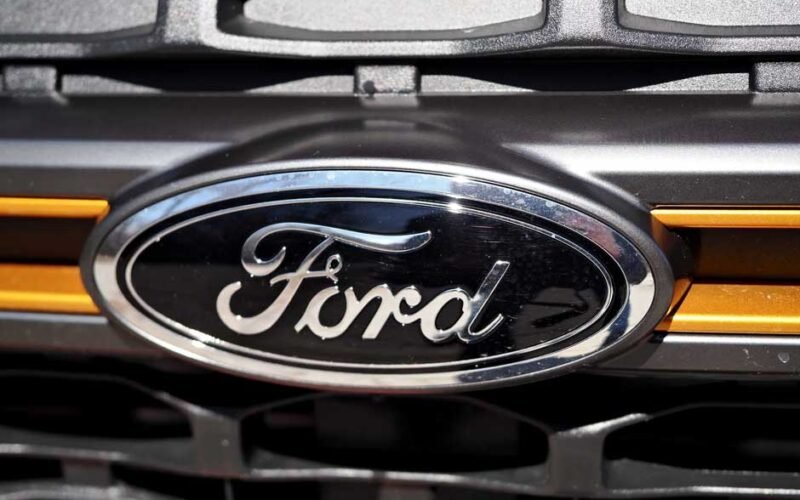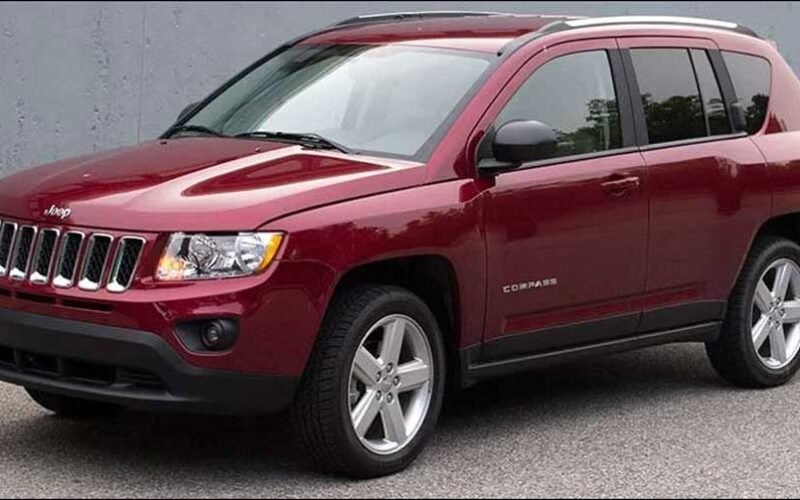Owning a Ford vehicle comes with the confidence of driving a car built on decades of engineering, innovation, and performance. However, like all automakers, Ford occasionally issues vehicle recalls to address manufacturing defects or safety concerns. Staying informed about recalls and responding promptly is essential for ensuring your safety and keeping your vehicle in top shape. If you recently purchased a Ford from a dealership like Rob Sight Ford, or are considering doing so, it’s important to know how to check for recalls, what they mean, and what steps to take if your vehicle is affected. This guide walks you through everything you need to know about Ford car recalls—from identification to resolution.
What Is a Vehicle Recall?
A vehicle recall is a formal notice issued by an automaker or the National Highway Traffic Safety Administration (NHTSA) when a specific vehicle model has a defect that may affect safety, emissions, or performance. Recalls are usually prompted by consumer complaints, manufacturer quality control checks, or investigations by regulatory bodies.
Ford, like other automakers, is obligated to fix these defects at no cost to the owner. Common reasons for recalls include:
- Faulty airbags or seat belts
- Brake system issues
- Electrical problems
- Fuel system defects
- Steering or suspension malfunctions
Recalls can apply to thousands—or even millions—of vehicles, depending on the severity and scope of the issue.
How to Check If Your Ford Has a Recall
The most reliable way to find out whether your Ford vehicle has an active recall is by using its Vehicle Identification Number (VIN). The VIN is a unique 17-character code that can be found:
- On the dashboard near the windshield (driver’s side)
- Inside the driver’s door frame
- On your vehicle’s registration or insurance documents
Once you have your VIN, you can use several resources to check for recalls:
- Ford’s Official Website:
Visit the Ford recall page and enter your VIN to see if any service actions or recalls apply to your vehicle. - NHTSA Website:
Go to the National Highway Traffic Safety Administration’s website and use their recall search tool to check for notices related to your vehicle. - Dealership Inquiry:
You can also contact your local Ford dealership and ask them to look up your VIN for recall information. Most service departments can access recall databases and guide you on next steps. - Mobile Apps:
Apps such as MyFord Mobile and third-party platforms like Carfax also allow you to monitor recall alerts based on your vehicle profile.
Understanding Recall Notices
If your vehicle is affected by a recall, you will typically receive a notification by mail. The letter will outline the details of the issue, including:
- The nature of the defect
- Risks associated with the defect
- Instructions for scheduling repairs
- Contact information for your nearest authorized dealer
These notices are sent out in accordance with federal regulations and often include an estimated timeline for parts availability and repair services. It’s important not to ignore recall letters—even if the problem hasn’t caused any immediate issues.
Important Tip: Keep your address up to date with your dealership and the vehicle registration office to ensure you receive all recall notices in a timely manner.
Steps to Take If Your Ford Has a Recall
If you discover that your Ford is affected by a recall, the following steps will help you handle the situation effectively and safely:
- Don’t Panic:
Most recalls are precautionary and may not mean your vehicle is immediately unsafe. However, some serious defects—such as brake or airbag malfunctions—should be addressed urgently. - Contact Your Dealership:
Schedule a service appointment with a certified Ford dealership. They can coordinate the recall repair for free. - Confirm Repair Availability:
Depending on the nature of the recall, parts may need to be ordered in advance. Your dealership will inform you if the repair can be done immediately or if you’ll need to wait. - Arrange Alternate Transportation:
If the recall repair requires leaving your vehicle for an extended period, inquire whether the dealership offers a loaner vehicle or shuttle service. - Keep Documentation:
After the repair is completed, ask for documentation showing that the recall service was performed. This will be useful for resale purposes or in case of future vehicle inspections.
What If You Bought a Used Ford?
If you purchased a used Ford vehicle—especially through a private seller—it’s still your responsibility to check for recalls. Used cars may still be under an active recall if the previous owner didn’t complete the necessary service.
To stay informed:
- Run the VIN through the NHTSA or Ford recall tool
- Ask for maintenance and recall service records from the seller or dealer
- Register your vehicle with Ford to ensure you receive future recall notices
Many certified pre-owned (CPO) programs ensure that all recall-related repairs have been completed before sale. This gives you added confidence and peace of mind.
Costs and Warranty Coverage
The good news for consumers is that recall-related repairs are performed at no cost. Under federal law, automakers like Ford must correct safety-related defects free of charge, regardless of whether your vehicle is still under warranty.
Covered Services Include:
- Replacement of defective parts
- Software updates or reprogramming
- Safety inspections and system recalibrations
If a dealership tries to charge you for recall repairs, contact Ford customer service or file a complaint with the NHTSA. Authorized dealers are required to perform these repairs for free.
How Long Do Recall Repairs Take?
The time required for a recall repair depends on the nature of the issue and parts availability. Simple fixes, like software updates, may take less than an hour. More complex repairs involving brake lines, fuel tanks, or airbag modules could take several hours or require multiple appointments.
Your dealership will provide an estimated timeframe, and in cases of longer service durations, many offer courtesy vehicles or shuttle services to minimize inconvenience.
Staying Ahead of Future Recalls
Even if your Ford isn’t currently affected by a recall, it’s a good habit to stay informed and proactive. Here’s how:
- Sign up for email alerts from Ford or NHTSA
- Visit your dealership annually for a safety check-up
- Include recall checks in your routine maintenance schedule
By keeping an eye on recalls and responding quickly, you not only keep yourself and your passengers safe but also preserve the long-term value of your vehicle.
Conclusion
Vehicle recalls are a necessary part of maintaining automotive safety and performance, and being informed as a Ford owner empowers you to take quick, effective action when needed. Whether you’re a longtime Ford driver or a recent buyer, checking and responding to recalls is an essential part of responsible car ownership. Use your VIN to monitor for alerts, rely on trusted dealerships for service, and never ignore a recall notice, no matter how minor it may seem. With the right approach, you can ensure that your Ford remains as safe and reliable as the day you drove it off the lot.









